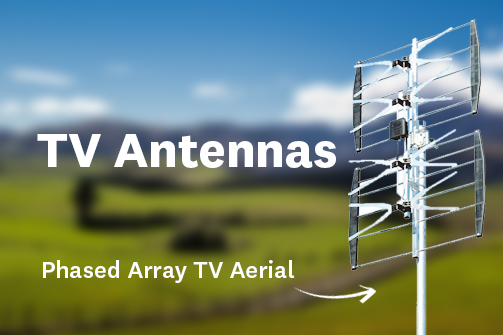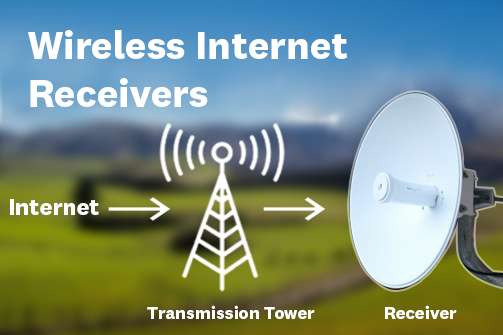What on Earth are All Those Things on My Roof?
November 13th, 2020 | Rural Broadband by Gravity

Have you ever looked up at your roof and wondered what the heck is actually up there? Take a gander at any Kiwi rooftop and you'll spot a bunch of spiky aerials, metallic dishes, and maybe even that old tennis ball from last summer’s backyard cricket game.
We all have them, but the majority of us have no idea what they are and what they do.
Well, we’ve gone ahead and done the research so you don’t have to! Here at Gravity Internet, we spill the beans on all that wonderfully weird stuff on your roof.
TV Antennas
TV antennas and aerials have been calling Kiwi rooftops home for decades. They come in various shapes and sizes and function differently too. Of course nowadays you can get indoor antennas, but nothing beats a strong, hearty outdoor antenna, perched atop the roof like a hard-won trophy.
UHF TV Aerials
UHF TV might be the most common aerial. These bad boys deliver Freeview, New Zealand’s free-to-air platform that brings you all your favourite channels - TVNZ 1, TVNZ 2, Three, Māori Television, etc. The UHF signal is broadcast to about 87% of Kiwi homes, making these aerials easy to spot in big cities and towns. They might be a little rare out Northland, Marlborough and West Coast ways though.
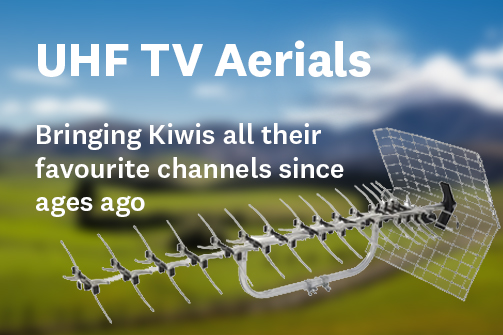
VHF TV Aerials
Before UHF and Freeview, Kiwi rooftops were dominated by these classic VHF TV aerials. You know the ones - skinny, spiky and wobbly in the wind. Legend has it you can still spot the old VHF aerial in remote parts of Wairarapa, battered but never beaten. A true Kiwi relic.

Satellite TV Dishes
Satellite TV dishes are those round (and sometimes not so round!) discs and they come in a whole heap of different shapes and sizes to suit your needs. They help you watch anything from a local feed of Sky TV to channels from all over the world!
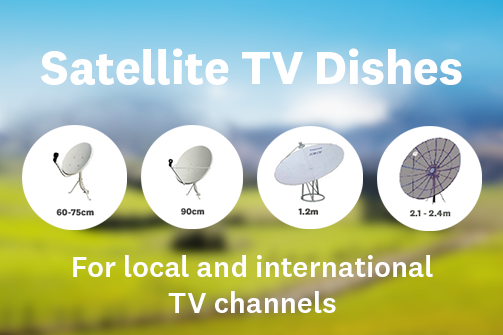
Satellite Internet Dishes
Satellite internet dishes are similar to satellite TV dishes, but take a closer look and you’ll find they have a much bigger knobbly bit that points at the dish. And while satellite internet dishes can both send and receive data, satellite TV dishes can only receive data. Think of it as the difference between responding to emails over the internet, and simply enjoying the game on the tele.

Sky TV Dishes
Kiwis have been watching Sky TV since the 1990s and their satellite dishes are spread lovingly across rooftops all down the country. With these dishes you get all the Sky TV perks and Freeview too.

Chimneys
Next to aerials you might spot these old oblong-shaped things called chimneys. They were hugely popular back in the day when we all had working fireplaces. Before there were TVs, we all used to sit and watch the fire instead!

Frisbees
What’s a roof without an old frisbee caught next to the gutter? The one that went rogue when the kids were younger - thank mum they missed the bloody window.
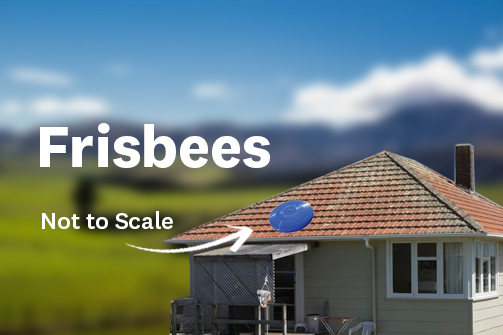
FM Radio Aerials
Anyone that says radio is dead clearly hasn’t seen the number of FM radio aerials throughout the country. These puppies come in different forms - some are circular and others are jagged and pointy. Each one will let you listen to NewsTalk ZB though.
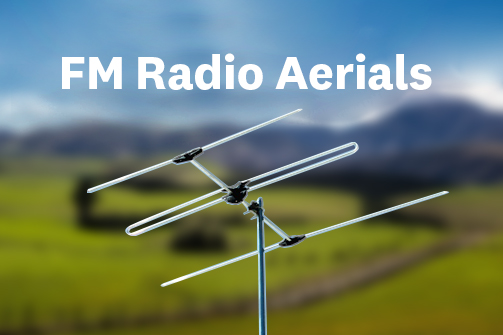
Wireless Internet Receivers
Most Kiwis are lucky enough to live within reach of a fairly strong broadband network signal. But those out in the wop-wops might struggle to get a strong signal, or any at all. That’s where you’ll see these sorts of dishes, receiving signals from Wireless Internet Service Providers (or WISPs). They might look like very small satellite dishes but they are definitely not - instead of pointing to space, they actually point to nearby transmission towers.
RBI Aerials
These arrow-shaped aerials are commonly used for Rural Broadband Internet (RBI) connections and put very simply, they provide boosted cellular (3G/4G) internet to your home.

Wifi Repeaters
Wifi repeaters are used for extending the internet from one building to another, especially when the other building doesn’t have a line of site to a transmission tower. They’re commonly used to share signals across large properties and farms, giving external garages and workshops internet too.
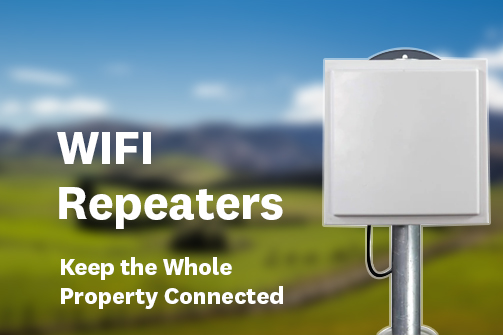
Whatever the state of your connection or roof is, Gravity Internet can help. For more information, please get in touch or read more about our Satellite Internet.
